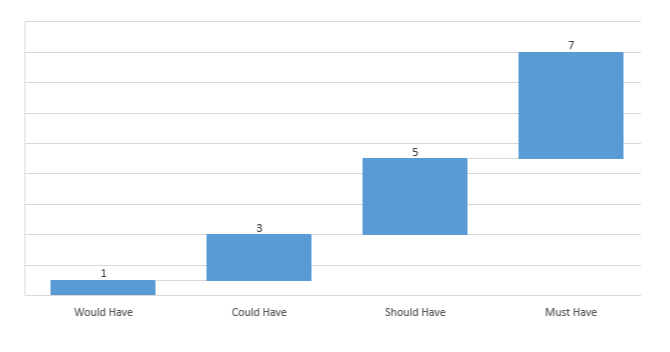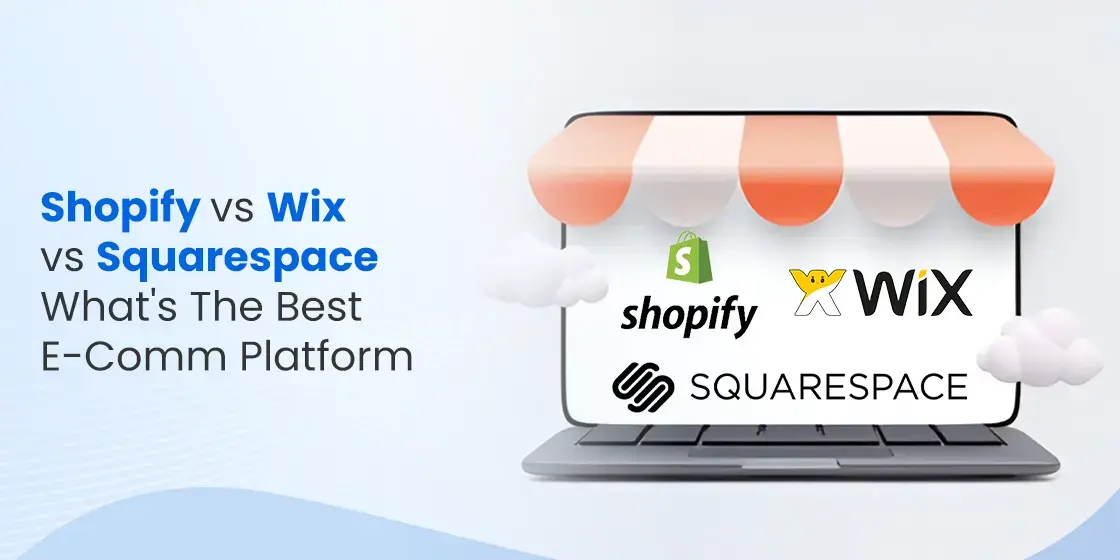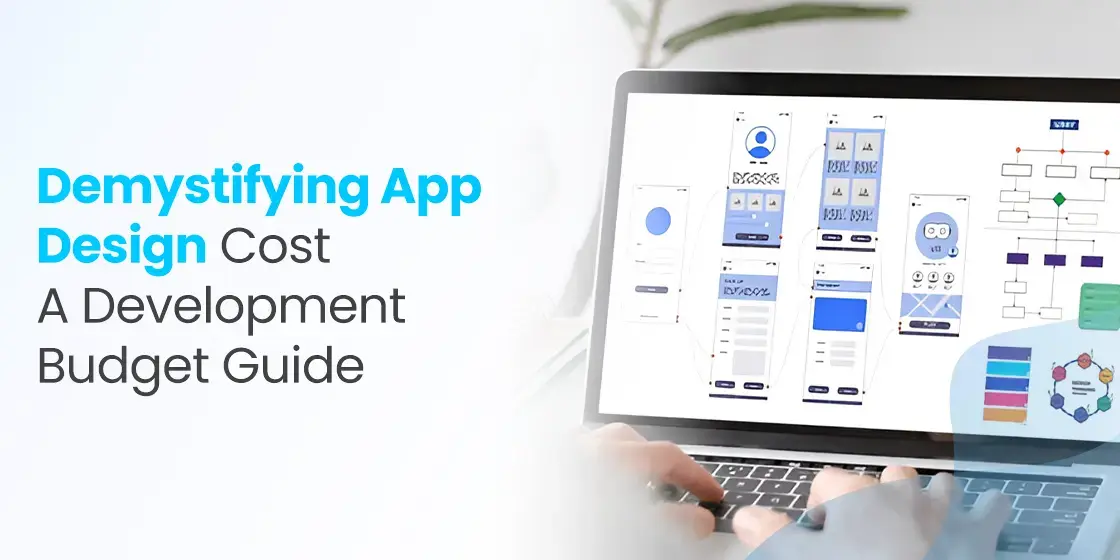Table Of Content
Discover How You Can Find the Right Team of Developers to Create a Kickass MVP
In today’s fast-paced world of digital innovation, taking the time to develop a comprehensive software product can be a hazard unto itself. That is because time to market before your competition is imperative to success, allowing you to capture your market while at the same time using their feedback to grow and develop your product further.
That is where the concept and demand for MVP developers comes in. An MVP or a minimum viable product is a version of your software product that contains the essentials of the list of features you want within your final product. These critical features integrated into a working app serves as validation for your idea, allowing you to target your market demographic with a functional product, and a promise of lot more.
So now, the question is; if you want to develop an MVP for your software idea, and don’t know how to proceed, what are you to do? Don’t worry, we have got you covered. Let’s dive in and discover how to choose the perfect MVP development company to create your app
What is an MVP?

As the name suggests, MVP refers to a simply, a minimum viable product. What that means is that the product has the minimum amount of features required for it to operate viably within the confines of your product idea. Let’s say you want to develop a video streaming app, and are thinking of developing an MVP for it. So you hire a custom software development company to do it for you. But what features would your MVP possess?
At the very least, your app would need to have a streaming function, as well as a content library for people to choose from, to be considered a viable product. Without these features, no matter what you do to the app, it could not be called a video streaming app in any sense of the phrase.
In the product development plan, a smart product manager will structure and organize the desired features in a four-tiered division. Those divisions, must have, should have, could have, and would have contain features in decreasing order of functional importance. And their purpose is to help the development team prioritize their tasks easily.
At the end of the day, an MVP requires just enough features for the end-users to be able to use it as a product. That is why you will often see that most businesses release MVPs based on the UI designed during the prototyping phase.
But you might ask, why release an incomplete product into the market in the first place? Well, the answer to that is a two-parter. First, an MVP is not an unfinished product. It is a standalone software to validate your idea of the product, while at the same time giving you a platform to get user feedback in order to develop the app further based on what users expect and desire.
This prioritization of functional requirements helps businesses in evaluating what features and functions are essential to their product, and what can be omitted or delayed if need be. Finally, it helps you understand the mentality and expectations of the early adopters, which can be a big help in retaining your market share once new competitors try to make their mark.
That is why MVP development today has such massive market demand, and why many software development companies are moving towards this model of work.
The Difference Between an MVP, a Prototype, and a Proof of Concept

Now, in the narrative above, we mentioned two terms of note; MVP, and prototype. There is a third term that is often thrown around with them too, called a POC or a proof of concept. So now, you might ask, what do these terms mean? Are they one and same? And if not, then what do you need to know in this MVP vs POC vs Prototype debate?
Let’s discuss this topic in a little detail.
First, you need to understand that these three terms are not the same. Yes, they are used in connection with one another, but that is because their purposes are closely bound together to ensure that your software product succeeds.
Prototype refers to creating mockups of your app’s UI and interactions, to ensure that visual layout and the way users interact with it are something that suits both you and your customers’ needs. So, we can say that prototyping is a way of validating your software product’s UI, to ensure that it covers the necessary UX design basics.
A proof of concept on the other hand, is a little more technical. Unlike prototype, which is used to validate UI and its components, a proof of concept is designed to test a single element or feature of your product. Its purpose is to gauge if the component or feature will be feasible to implement based on the existing technology, time, cost, and technical expertise. Another major difference between a POC and a prototype or MVP, is that it is for each individual feature, unlike the latter two, which are usually standalone, and for the whole app.
So we can say that there can be multiple POCs within the same app, and sometime even for the sane feature if you want to test out multiple solutions or approaches for the more feasible one.
Finally, an MVP is a complete, minimalist representation of your app. It incorporates both front-end and back-end functionality to deliver a simple yet functional app to the users. Unlike the other two, it is a product that is able to function completely independently, offering great value to the users and the company alike. And that is why it is often developed once your idea has been validated via the prototype and proof of concept models.
Why Do You Need an MVP?

Now, we have been talking about MVP for a long time now and have mentioned a little about why businesses opt for an MVP nowadays. So let’s elaborate that and talk about what MVP offers businesses today, and why we need it if we want to succeed in today’s market.
So let’s discuss. Why would you spend a portion of your valuable budget on developing and releasing an MVP? The answer, quite simply, is that it allows for a quicker time to market, access to valuable user feedback, and a framework to improve your product iteratively based on your vision and the gathered feedback.
Alternatively, if you do not want to follow a MVP model yet accomplish the same thing, the only solution is to spend on more development cycles, as well as greater spending on testing. However, that would be done at the cost of time to market, as well as the ever-important user feedback. Unfortunately, a large number of software development companies follow this approach even today, despite their claims of prioritizing agile team characteristics and processes over traditionalism.
Some of its key benefits include:
- Useful feedback tool
- Does not require you to fund a project directly without checking its feasibility
- Allow you to go for validated learning norms for your software development
- Can help you attract investors who were waiting to see an actual product instead of just an idea.
Now, it might be that your MVP may not be able to achieve all of the points mentioned above. However, even one or two of these can make a huge impact on your project success.
Finding the Right Software Development Firms for Your MVP Developers

So, you have decided that you want to develop an MVP for your startup or company. However, you have no technical expertise within your team. So, the solution – hire a software development company to develop it for you.
However, you will find that software development companies are a dime-a-dozen. And the vast majority of them are known for substandard work due to a lack of proper work process. So, if you want your app to succeed, go with a company that knows and understands the reason and process for developing an MVP.
Let’s take a look at the simple process below to understand what it takes to develop a high-quality minimum viable product nowadays.
Step 1: Identify Your Business Idea and Vision
First things first – you as the business owner need to be explicitly clear about the product you are trying to build. As the lead or manager for the product, it is your duty to ensure that the work is being accomplished according to the time, budget, and feasibility constraints.
And that can only be possible if you are sure about what you are trying to build, allowing you to ensure that your team too follows that vision. Do note that we are not talking about the components or features of your app or MVP right now. However, understanding them will help you build a better-suited and aligned MVP.
Some of the questions you need to ask here include:
- The resources they are moving to the market with
- What does your final app look like?
- Any insights from looking into the target market?
- Do you know and understand what the consumers and end-users want?
Step 2: List Down and Define the Requirements for Your Minimum Viable Product
Defining and listing down each requirement is the next step you need to perform after understanding your business idea and vision. Keep in mind that when you develop an MVP, you are building a standalone, and minimalist version of your app idea.
Therefore it is essential to know what will and will not be included in your MVP, based on the prioritization categories we discussed earlier. Of those requirements, they will be further broken down into two segments, technical and functional.
This listing down of the requirements will also help you establish different stakeholders, allowing you to know exactly who is essential to your project’s success. Once you have listed your requirements and prioritized them based on your project vision, you will look at the project scope and see if there is anything you missed.
Once done, move on to step three.
Step 3: Formulate a List of Potential Software Development Companies to Build Your MVP
Next, you will choose from a list of software development companies as well as freelance sites to see who to hire for your project. The key here is relevant expertise, as it allows you to look for those with the right background or expertise in developing MVPs for your type of company.
For instance, a software development firm that specializes in developing MVPs for enterprise-level solutions will not be suitable for a company looking to create an MVP for a small app. So, in order to choose the right development partner for your minimum viable product, you need to focus on the following elements.
- The right kind and amount of experience
- A firm that understand your vision and idea
- A development company that believes in open and transparent communication
- Is well reviewed in the market
Step 4: Ask for and Evaluate the Business Proposals from Your Shortlisted Companies
Next, evaluate the business proposals you’ve received from the shortlisted firms based on your requirements. The one that best suits your metrics and understands your idea and vision, is the one you should choose.
The factors that a business proposal may include consist of:
- An understanding of the problem statement
- Proposed solution/s to the problem statement
- The size and members of the team involved in that project
- The project timeline
- The proposed budget required
Step 5: Initiate the Project and Monitor the Overall MVP Project Progress
Finally, you are now ready to initiate the process of MVP development easy. Once you have found your team of MVP developers from the firm of your choice, all you need now to assign a project manager to oversee the development progress, and you are ready to go.
Some of the important duties in this stage of MVP development include:
- Hire a project manager to monitor and manage all aspects of this MVP development project.
- Develop and follow a process of progress monitoring of the project
- Ensure that the timeline is being adhered to without compromising on quality
Conclusion
In short, there are many benefits to having an MVP developed for your app. And if you know how to find the right MVP developers, then the cost and effort you expend in developing an MVP will often be less than what you would spend had you developed the complete project and it failed to deliver as expected.
So, if you want to follow the MVP model, but don’t know how to get it developed, the guide above is a great place to start.
Frequently Asked Questions
| What is an MVP in software development? In software development, an MVP is a software product with just enough features to attract the app’s target market, in order to validate the idea and generate market interest and feedback. |
| How to find the right developers to develop my MVP? There are many options when you want to hire a software developer for your MVP development team, including software development companies, freelance sites, and outsourcing services. |
| Is MVP part of agile? Yes, we can say that the MVP model is part of agile methodology, as it relies on iterations and feedback to revisit and improve the app. |


